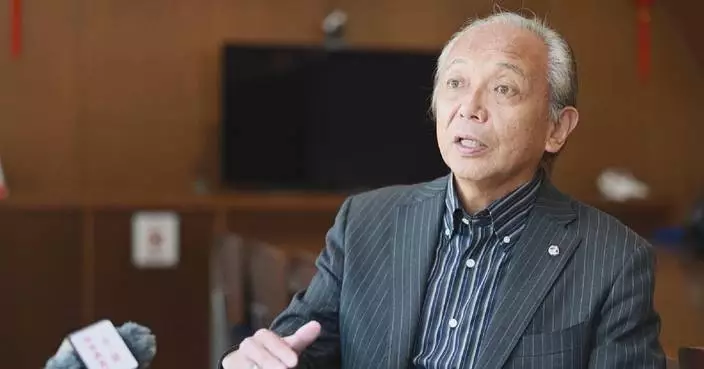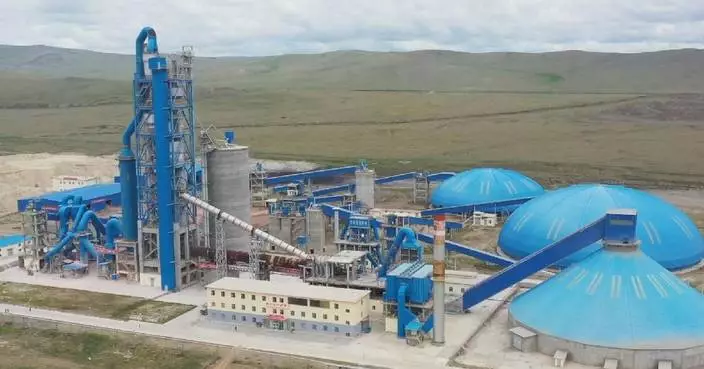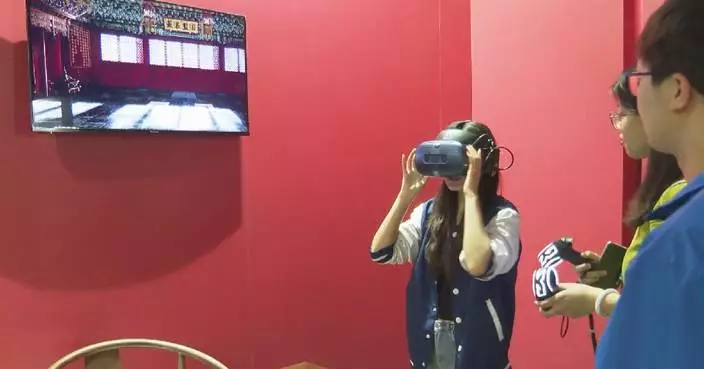"An ironclad friend" is how Chinese President Xi Jinping describes Serbia in China's foreign relations. In Chinese diplomatic discourse, the term conveys a special meaning.
Eight years ago, Chinese President Xi Jinping made his first state visit to the Republic of Serbia. This visit resulted in positive outcomes, leading to Serbia becoming China's first comprehensive strategic partner in Central and Eastern Europe.
In the past eight years, the China-Serbia relationship has developed exponentially, setting an example for cooperation between China and countries in the region under the Belt and Road Initiative (BRI). The partnership has significantly contributed to the building of a community with a shared future for mankind.
Chinese President Xi Jinping once stated that, "The modernization we are pursuing is not for China alone, but for all developing countries through our joint efforts." His state visit is anticipated to boost economic and trade relations between the two nations, particularly within the BRI framework.
Serbia, a key partner in the BRI, was among the first European countries to sign a cooperation agreement with China. Projects within the initiative have significantly improved local livelihoods, boosting employment, trade and investment, and energizing Serbia's development. Examples include the Hungary-Serbia railway project and the revitalization of the Smederevo steel plant.
The Smederevo steel plant was on the brink of closure due to mismanagement. However, under the BRI, China's HBIS (HeSteel) partnered with the Serbian government in 2016 to establish HBIS Group Serbia Iron and Steel.
Within six months, the plant turned profitable after seven years of losses, becoming Serbia's top exporter for four consecutive years since 2018. This endeavor retained all 5,000 Serbian employees, offering renewed hope to thousands of families. President Xi, in his letter to the steelworkers, gave them "the thumbs up," encouraging further contributions to China-Serbia friendship.
"You know, such a big person answered just to a few employees from our plant on the letter. It was incredible. I cannot explain, just cannot explain, very, very excited I was. Such a large company like HBIS came here in Serbia, we feel great security for all of us. First of all, this means the plant will survive, we start to produce, start to work. And life is better, much, much better than [before] HBIS came here, much better," said an employee at the plant.
Serbia is proud of its ironclad friendship with China, and China has always treated Serbia as equal, Serbian President Aleksandar Vucic told Xi during his visit to China to attend the third Belt and Road Forum for International Cooperation in October last year.
"We cannot forget your visit to the Smederevo Steel Mill. You brought HeSteel Group from China's Hebei Province to help Serbia continue development, and support the Smederevo Steel Mill in getting through difficulties. China's assistance to Serbia in various forms is particularly important to us," said Vucic when meeting with Xi at that time.
On the sideline of the forum, the two countries signed the China-Serbia free trade agreement (FTA), the first free trade agreement signed between China and a Central and Eastern European country.
The agreement has played a pivotal role in broadening the bilateral cooperation beyond traditional sectors, particularly into digital and sustainable economies. This strategic expansion has unlocked vast potential in areas such as innovation, new energy, biotechnology and environmental protection, thereby enriching the collaborative landscape between the two countries.
Guided by the significant consensus reached by the two heads of state, the economic and trade cooperation between the two countries has yielded remarkable outcomes.
Notably, bilateral trade has witnessed a substantial surge from 596 million U.S. dollars in 2016 to 4.35 billion U.S. dollars in 2023. Moreover, in 2022, China emerged as the largest source of direct investment for Serbia, underscoring the depth of economic ties between the two nations.
Serbia and China also actively promote exchanges and mutual learning, deepening mutual understanding and appreciation. The two countries have signed several MoUs in the fields of education, cultural relics protection, and scientific and technological innovation, among others.
The China Cultural Center in Belgrade, jointly built by China's Ministry of Culture and Tourism and the provincial government of Shandong, opened to the public recently. The center covers an area of 6,000 square meters and offers classes on Chinese language, traditional Chinese musical instruments, Chinese calligraphy, and Tai Chi.

China, Serbia enjoy ironclad friendship

China, Serbia enjoy ironclad friendship









